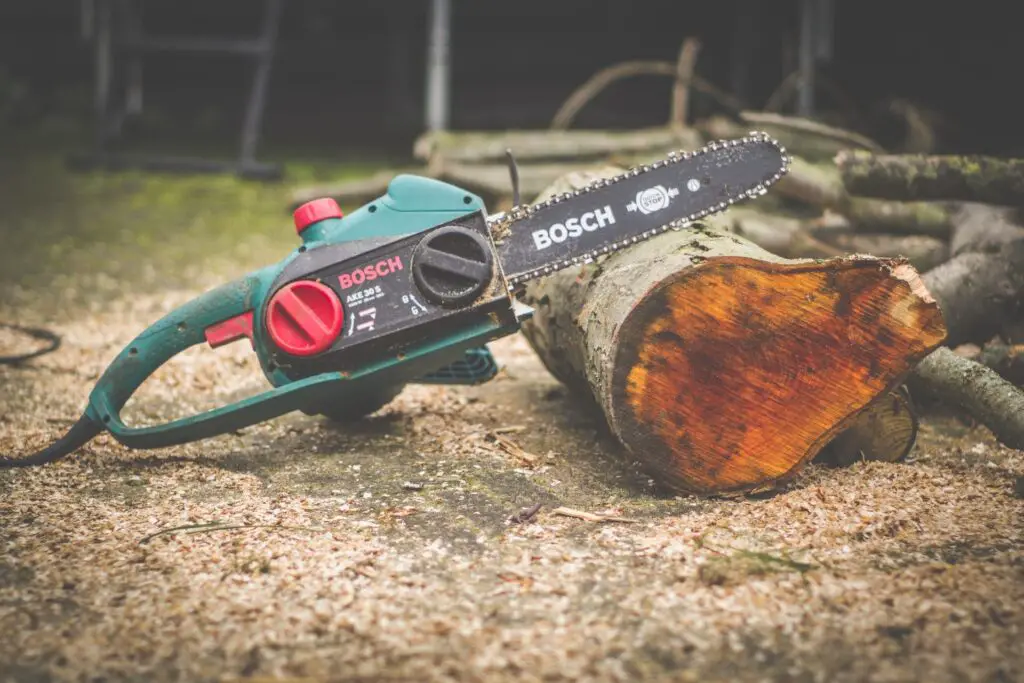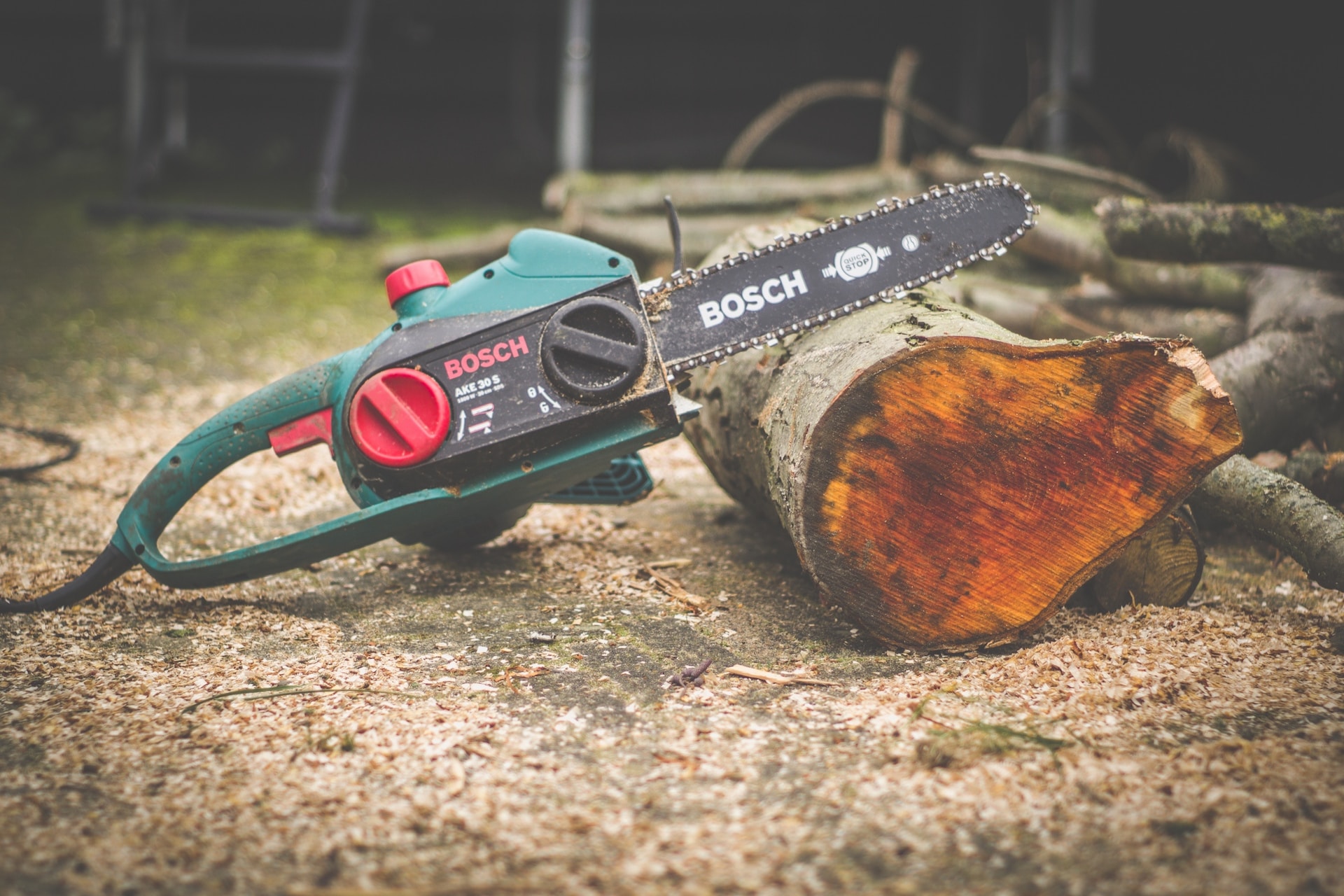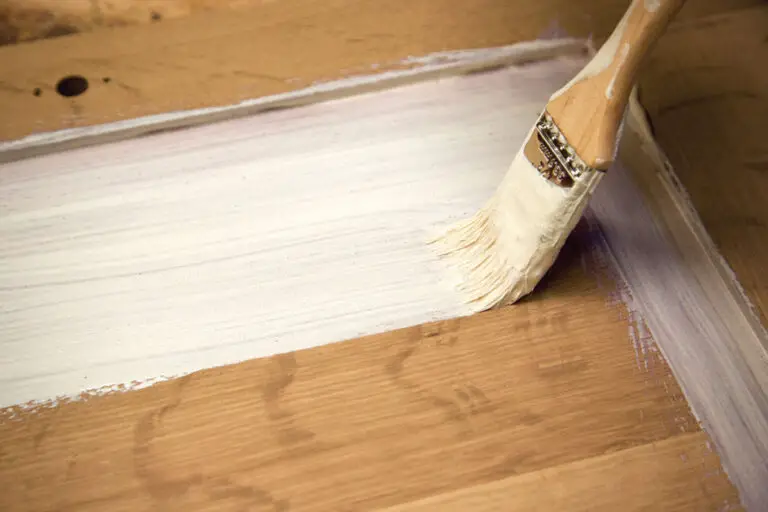Types of Saws: A Guide to Sawing Tools

Saws are an essential tool for anyone who works with wood or metal. They come in various shapes and sizes, each designed for a specific purpose. From hand saws to power saws, there are many types of saws available in the market. In this article, we will discuss some of the most common types of saws and their uses.
Hand saws are the most basic type of saw and have been used for centuries. They are powered by human strength and come in different shapes and sizes. The most common hand saws include the crosscut saw, rip saw, and back saw. Crosscut saws are used to cut across the grain of the wood, while rip saws are used to cut with the grain. Back saws are used for precision cuts, such as those needed for making joints.
Power saws, on the other hand, are powered by electricity or gasoline and are much faster than hand saws. They come in various types, including circular saws, jigsaws, and reciprocating saws. Circular saws are used for cutting straight lines, while jigsaws are used for cutting curves and shapes. Reciprocating saws, also known as sabre saws, are used for cutting through tough materials like metal and masonry. Understanding the different types of saws and their uses is essential for anyone who works with wood or metal.
Hand Saws
Hand saws are a type of saw that are designed to be used with one hand. They are typically used for cutting wood and other materials, and are available in a variety of styles and sizes. Some of the most common types of hand saws include:
Back Saw
The back saw is a type of hand saw that is designed for precision cutting. It is typically used for making fine cuts in wood, such as those needed for joinery or cabinetry. The back saw has a stiffening rib on the back of the blade, which helps to keep the blade straight during use.
Coping Saw
The coping saw is a type of hand saw that is used for cutting intricate shapes and curves in wood. It has a thin, narrow blade that is held in place by a frame. The blade can be rotated to make cuts in any direction, making it a versatile tool for woodworking.
Crosscut Saw
The crosscut saw is a type of hand saw that is used for cutting across the grain of wood. It has a series of sharp teeth that are designed to cut through the wood fibers cleanly and efficiently. Crosscut saws are available in a variety of sizes, from small hand saws to large two-man saws.
Power Saws
Circular Saw
A circular saw is a versatile power saw that is commonly used for cutting wood, metal, and plastic. It has a round blade that spins at high speed, allowing it to make straight cuts through materials. Circular saws can be handheld or mounted on a table, and they come in a variety of sizes and power levels to suit different cutting needs.
Band Saw
A band saw is a power saw with a long, continuous blade that is stretched between two wheels. It is primarily used for cutting curves and irregular shapes in wood, metal, and other materials. Band saws can be stationary or portable, and they come in a range of sizes and blade widths to accommodate different cutting tasks.
Table Saw
A table saw is a powerful saw that is designed for cutting large sheets of wood and other materials. It has a flat table surface with a circular saw blade that protrudes from the center, allowing it to make precise cuts through materials. Table saws are typically used in woodworking shops and construction sites, and they come in a variety of sizes and power levels.
Miter Saw
A miter saw is a specialized saw that is used for making angled cuts in wood and other materials. It has a circular blade that is mounted on a pivoting arm, allowing it to make precise cuts at various angles. Miter saws are commonly used in woodworking and construction, and they come in a variety of sizes and power levels.
Specialized Saws
Chain Saw
A chain saw is a powerful saw that uses a chain to cut through wood and other materials. It is commonly used for cutting down trees, trimming branches, and cutting firewood. The chain saw is a versatile tool that can be used for both heavy-duty and light-duty tasks.
Tile Saw
A tile saw is a specialized saw that is designed to cut through ceramic tiles, porcelain tiles, and other types of tile materials. It uses a diamond blade to make precise cuts, and it is commonly used in the construction industry for tiling floors, walls, and other surfaces. Tile saws come in different sizes and configurations, including handheld and table-mounted models.
Scroll Saw
A scroll saw is a small saw that is used for intricate cutting tasks, such as cutting curves, angles, and complex shapes. It is commonly used in woodworking, metalworking, and other crafts. The scroll saw uses a thin blade that moves up and down rapidly, allowing the user to make precise cuts with ease.
Concrete Saw
A concrete saw is a powerful saw that is used to cut through concrete, asphalt, and other hard materials. It is commonly used in the construction industry for cutting through roads, sidewalks, and other structures. Concrete saws come in different sizes and configurations, including handheld and walk-behind models.
Veneer Saw
A veneer saw is a specialized saw that is used to cut thin sheets of wood veneer. It uses a thin blade that is designed to make precise cuts, and it is commonly used in the woodworking industry for making furniture, cabinets, and other wooden products. Veneer saws come in different sizes and configurations, including handheld and table-mounted models.
In summary, specialized saws are designed for specific cutting tasks, and they are essential tools in many industries. Whether you need to cut through wood, tile, concrete, or other materials, there is a specialized saw that can help you get the job done quickly and efficiently.
Frequently Asked Questions (FAQs)
Q: What are the primary uses of different hand saws?
A: Hand saws are versatile tools that can be used for various cutting tasks. For instance, crosscut saws are ideal for cutting wood across the grain, while rip saws are best for cutting wood along the grain. Backsaws are commonly used for precision cuts, such as in joinery and cabinetry. Coping saws are perfect for intricate cuts, such as curves and designs.
Q: What are the most common types of electric saws and their applications?
A: Electric saws are widely used in construction and woodworking. Some of the most common types include circular saws, jigsaws, reciprocating saws, and miter saws. Circular saws are ideal for making straight cuts, while jigsaws are perfect for curved and intricate cuts. Reciprocating saws are commonly used for demolition work, while miter saws are great for cutting angles and bevels.
Q: Which saw is most suitable for precise wood cutting?
A: For precise wood cutting, a backsaw is the most suitable type of hand saw. Backsaws have a stiff spine that helps to keep the blade straight, making them ideal for making accurate cuts in joinery and cabinetry.
Q: Can you list the main types of saws used in woodworking?
A: The main types of saws used in woodworking include hand saws, circular saws, jigsaws, miter saws, band saws, and scroll saws. Hand saws include crosscut saws, rip saws, backsaws, and coping saws.
Q: How do reciprocating saws differ from other types of saws?
A: Reciprocating saws are unique in that they have a blade that moves back and forth rapidly. This makes them ideal for cutting through tough materials such as wood, metal, and plastic. Reciprocating saws are commonly used for demolition work, as well as for cutting pipes and other materials in tight spaces.
Q: What are the typical saws used for cutting metal and how do they function?
A: The most common types of saws used for cutting metal are hacksaws, band saws, and reciprocating saws. Hacksaws have a fine-toothed blade that is ideal for cutting through thin metal sheets and pipes. Band saws have a continuous blade that moves in a loop, making them ideal for cutting through thick metal sheets and bars. Reciprocating saws are also commonly used for cutting metal, as they can quickly cut through thick metal pipes and bars.
Final Thoughts
Saws with fine teeth are particularly adept for intricate work, ensuring precision and a clean finish. This is especially important for craftsmen and hobbyists who prioritize detail in their work. On the other hand, saws sporting a relatively thick blade are designed for robustness and durability, making them ideal for heavy-duty tasks. This distinction highlights the importance of choosing the right saw blade for the right job, ensuring both efficiency and safety in sawing tasks.
Furthermore, the contrast between saws with fine teeth and those with a thick blade illustrates the range of sawing tools available to professionals and DIY enthusiasts alike. The versatility of saw blades, from those designed for delicate rip cuts to those built for handling tougher materials, underscores the necessity of understanding the specific needs of your project.
Choosing a saw with a relatively thick blade might be preferable for durability and strength in tougher materials, while fine-toothed blades offer precision and a smoother finish. This comprehensive guide serves as an invaluable resource in navigating the vast selection of saws, ensuring that every cut is as precise and effective as possible.







